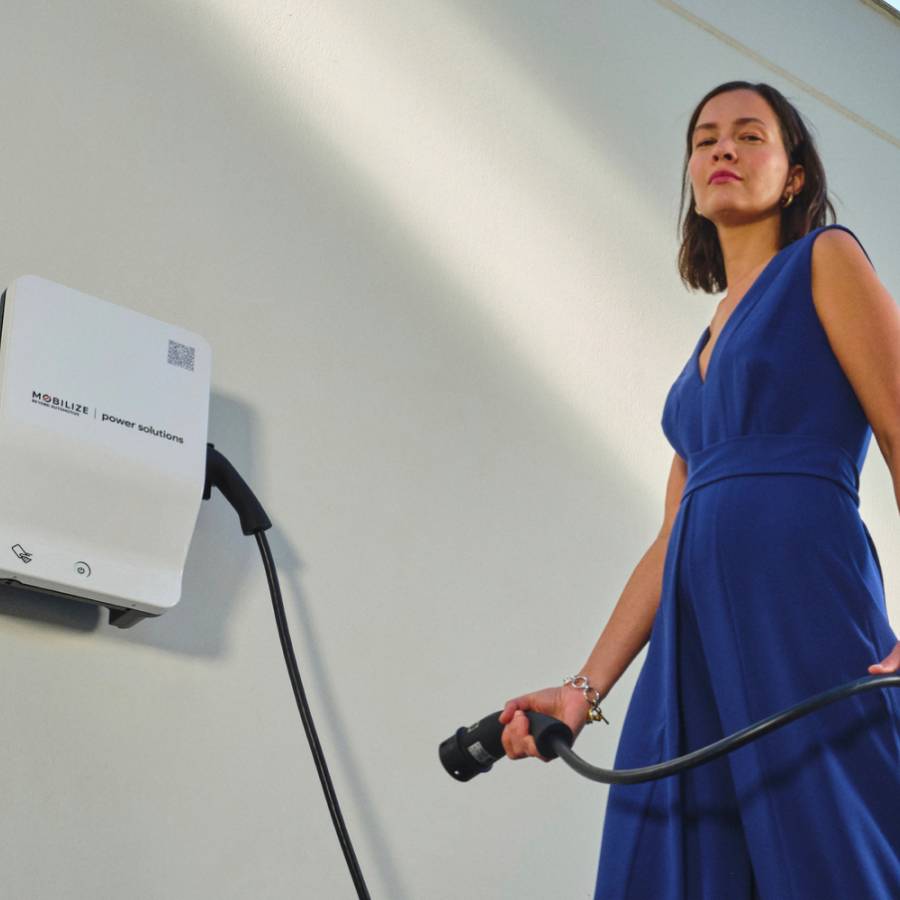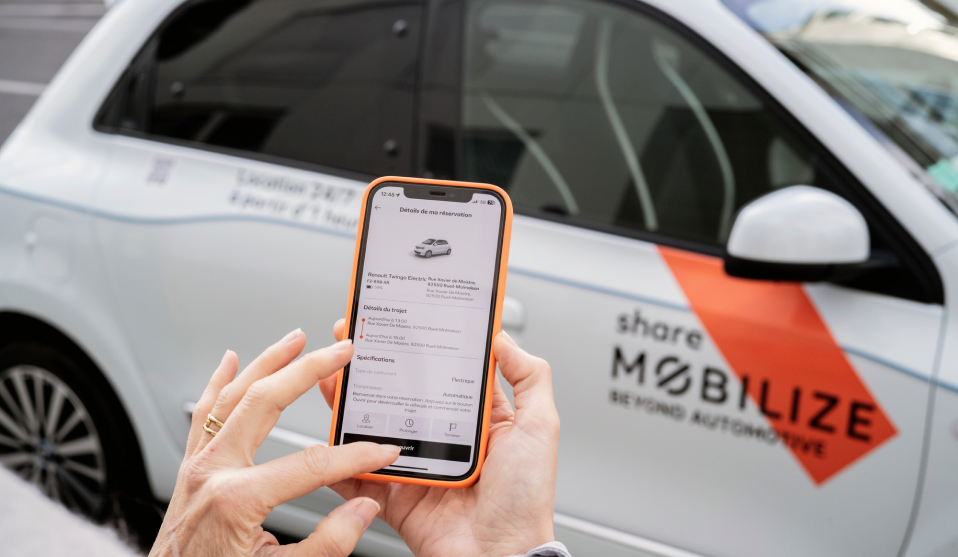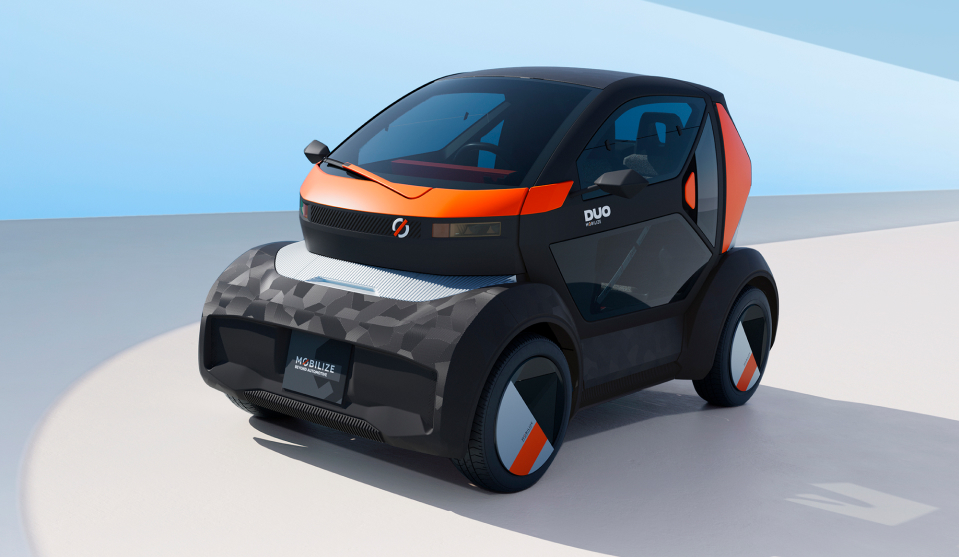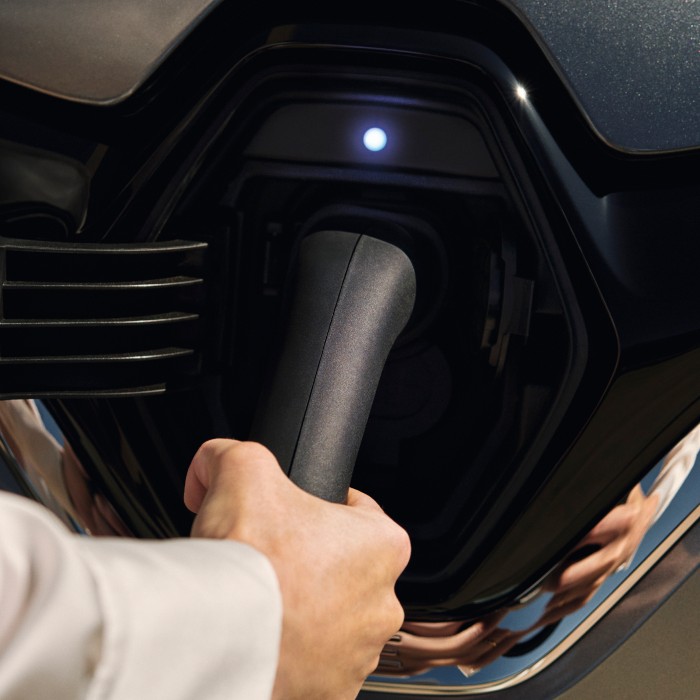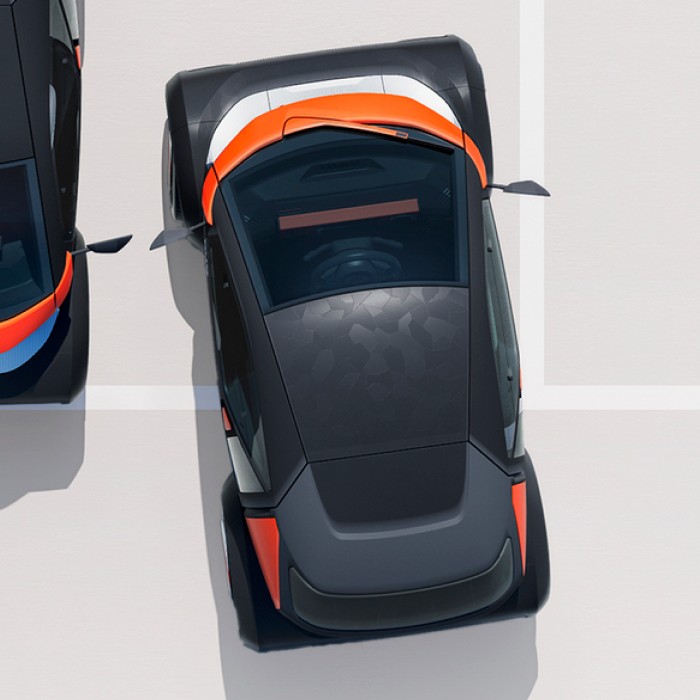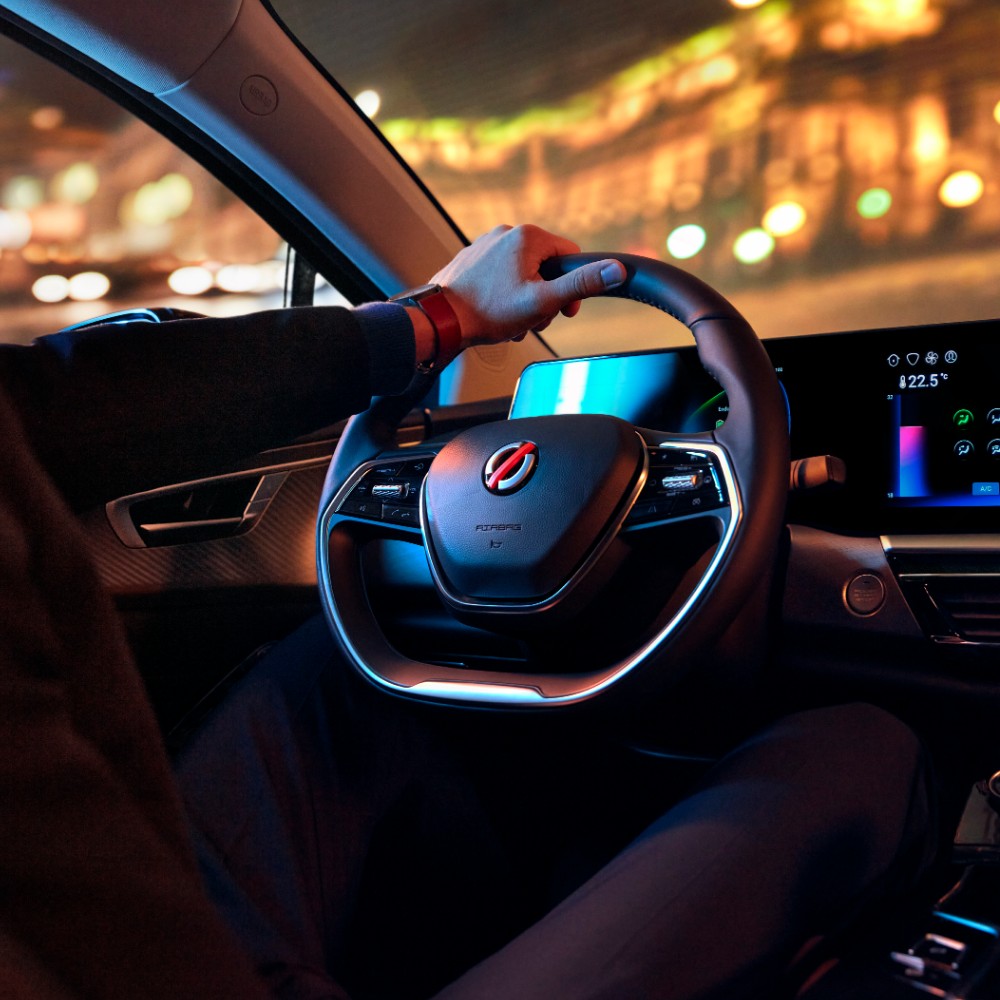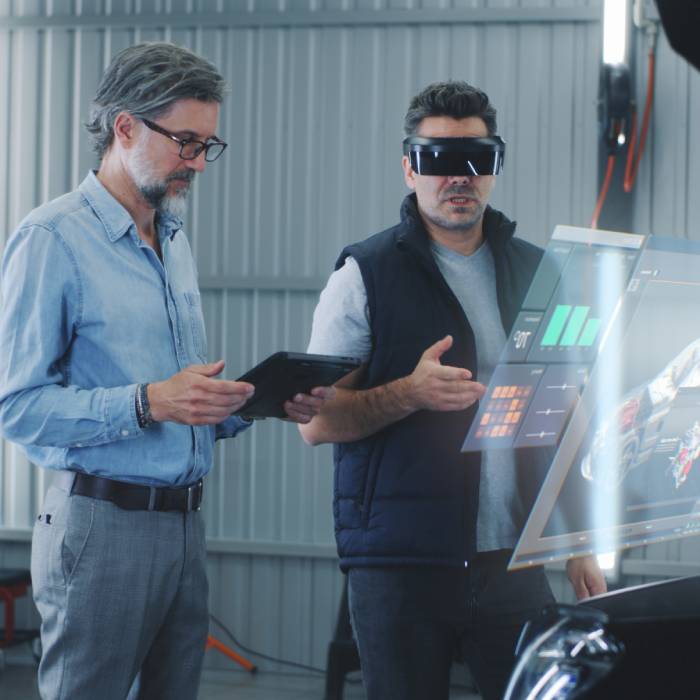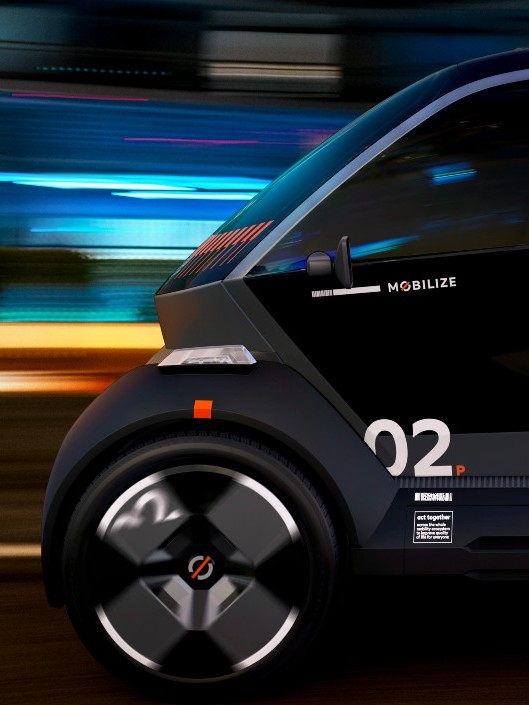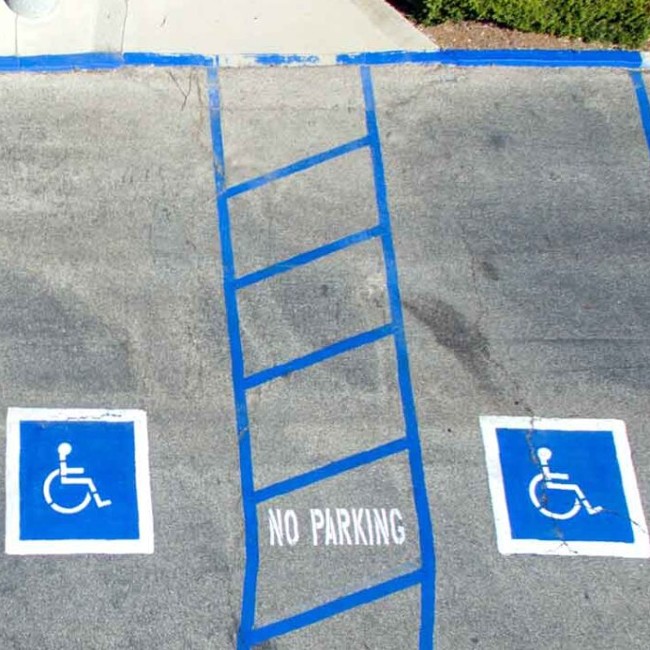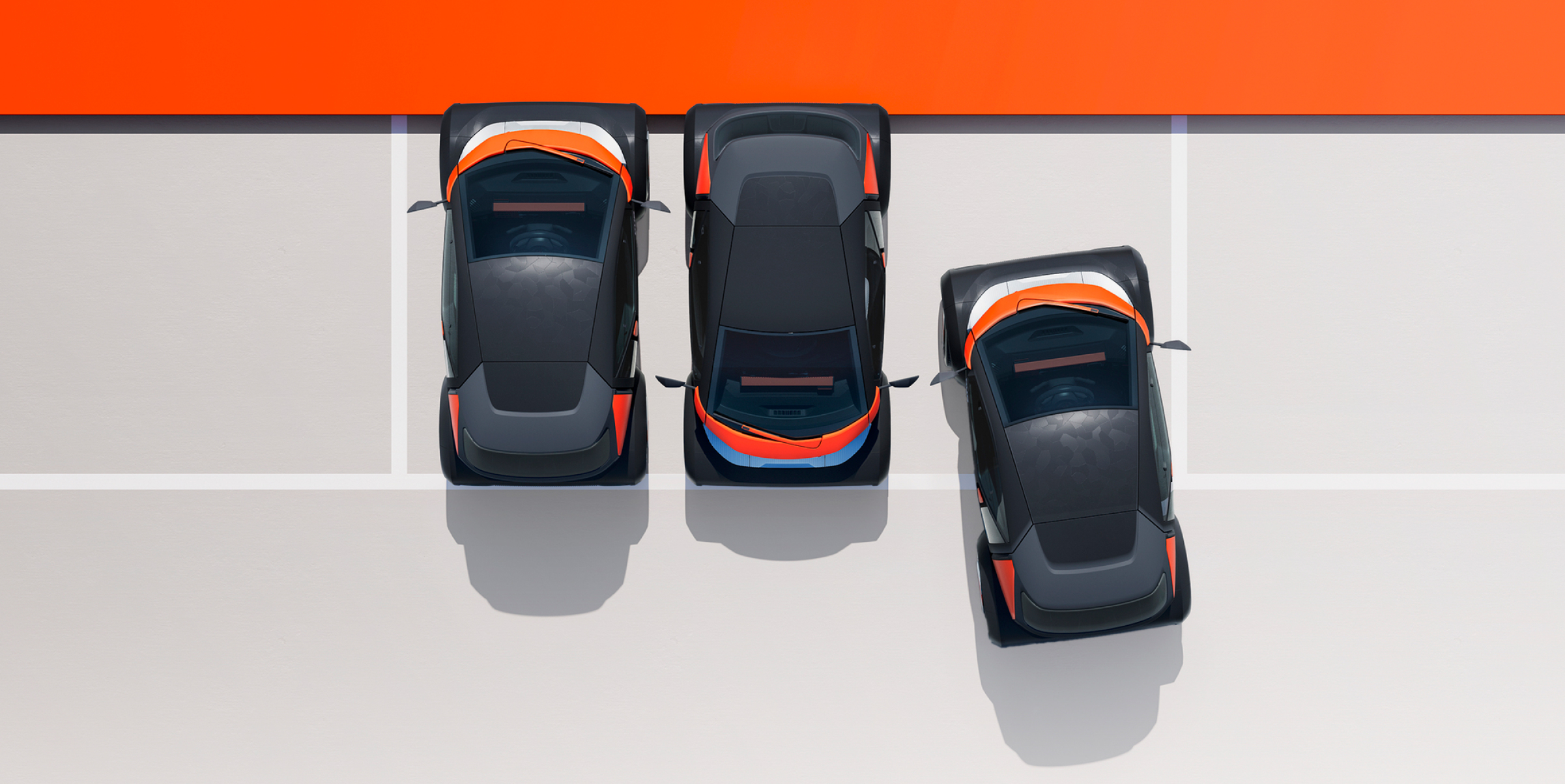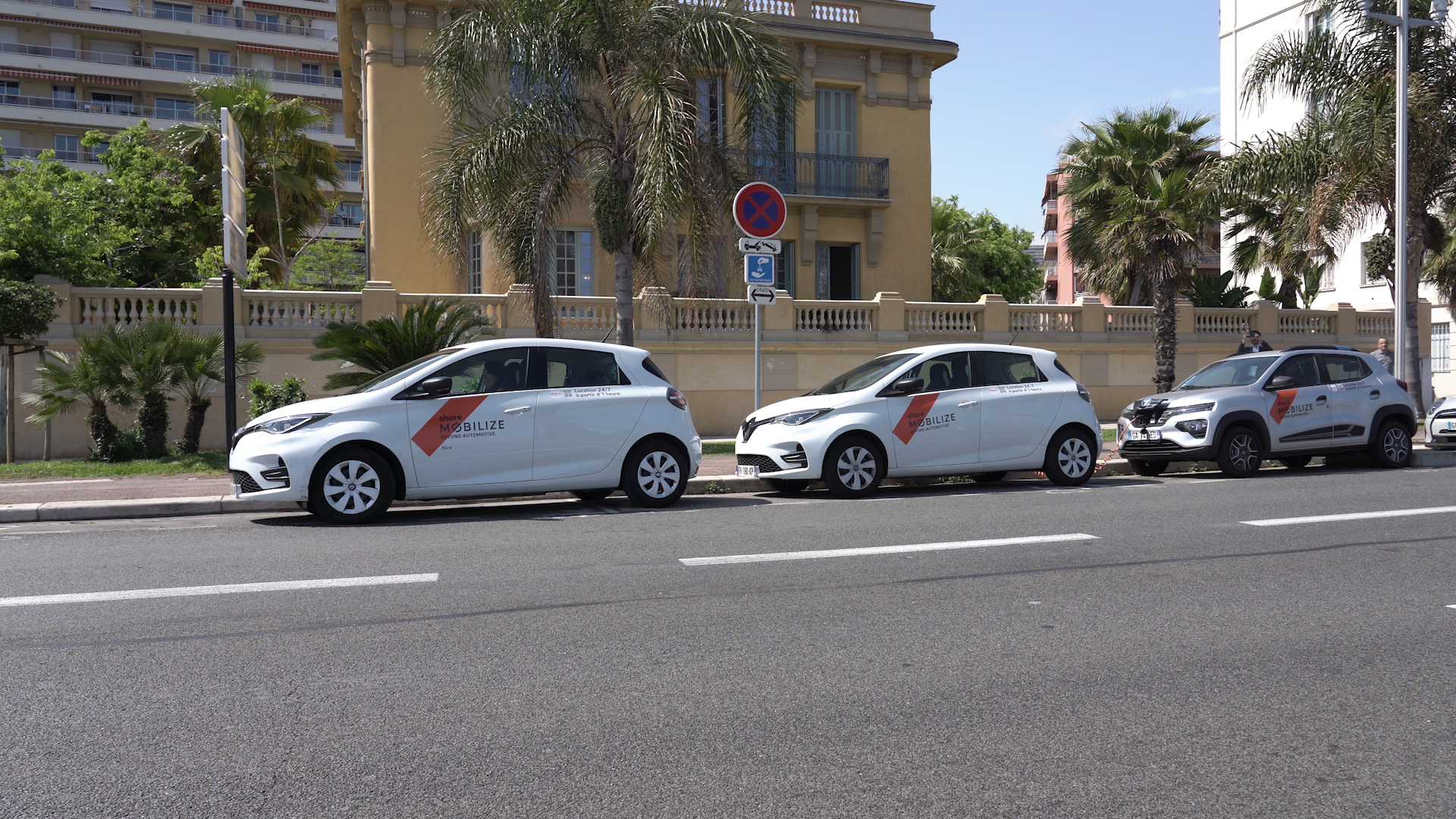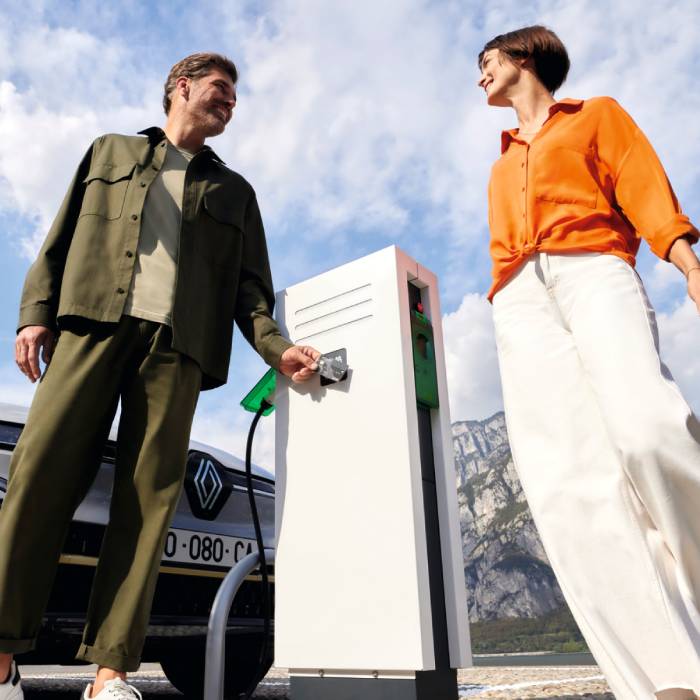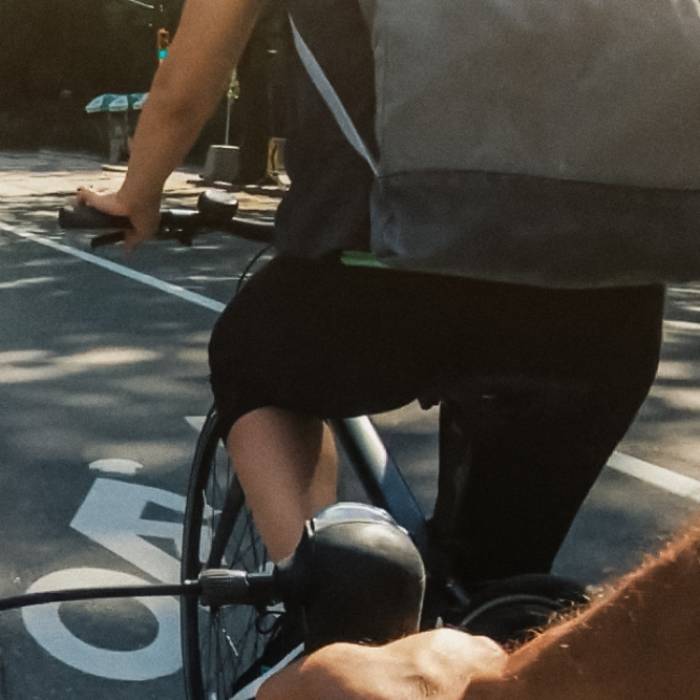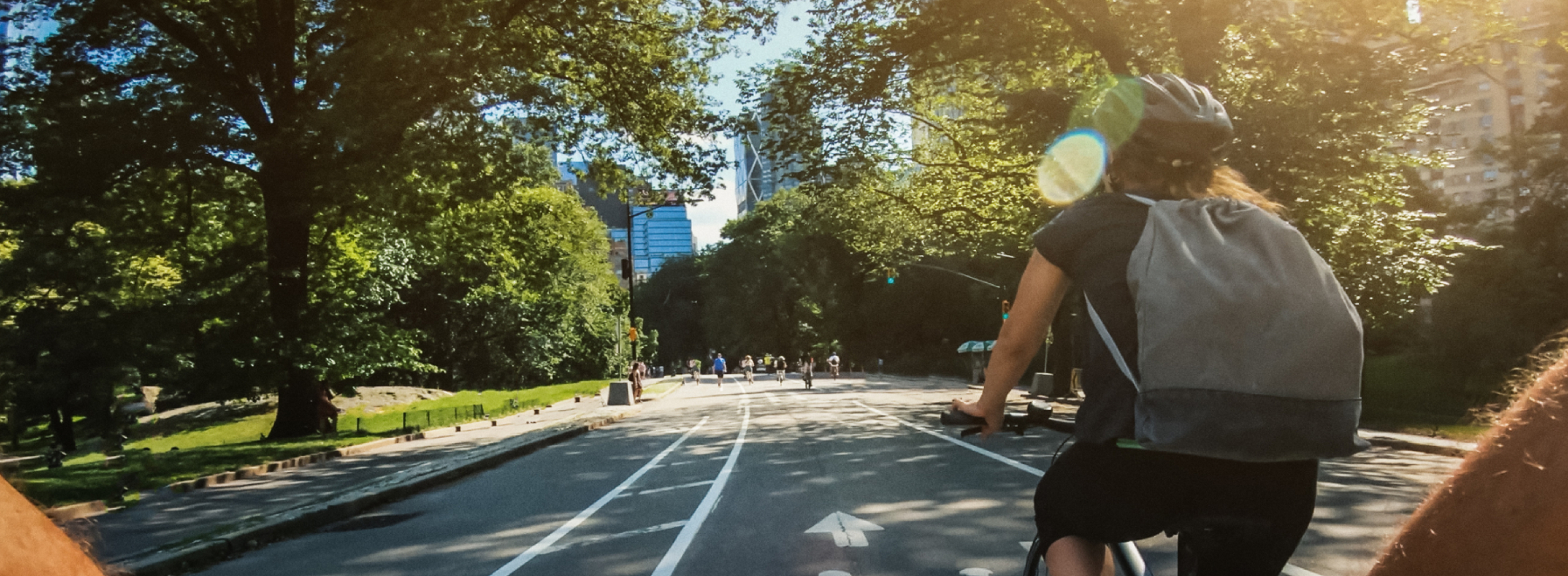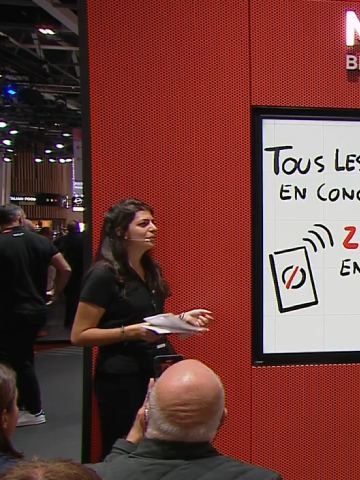★ ☆ ☆
scrapping the most polluting vehicles
The issue with cars primarily revolves around greenhouse gas emissions, which contribute to climate change, and the release of fine particles, which the World Health Organization associates with respiratory and cardiovascular diseases. So, it’s the type of engines that needs to be addressed rather than the vehicles themselves. Implementing ‘Zones à faible émission‘ (LEZ) in France, ‘Low Emission Zones’ in the UK, or ‘Zona a Traffico Limitato‘ (ZTL) in Italy has proven to be an effective regulatory response. By excluding the most polluting vehicles, city centers can breathe easier. In historic city centers where cars often struggle to navigate, multimodal solutions offer alternatives like biking, walking, or using small electric vehicles in place of cars. For instance, in 2007, banning cars from the city center of Ljubljana, the capital of Slovenia, led to a remarkable 70% reduction in carbon emissions1 and restored the pleasure of leisurely strolls through its charming streets. In this context, every initiative is worth exploring, and cities should remain open testbeds for experimenting with innovative mobility solutions.
★ ★ ☆
encouraging urban space sharing
Cars need to adapt to sharing the road with other modes of transportation like public transit and bicycles. As a result, cars are becoming more tailored to specific uses. The key is to foster harmonious sharing of space while keeping in mind the unique characteristics of each city. For example, a hilly city like Zurich can hardly be compared to Amsterdam. Implemented in countries like Switzerland, Belgium, France, Luxembourg, and Austria, the concept of a ‘zone de rencontre‘ (meeting zone) reconciles all modes of transport by sharing the road at a limited speed for vehicles. Other systems, like ‘zones 30‘, operate on the same principle of calm driving to promote coexistence among all urban space users. Another approach is the ‘vélorue‘ (bike street), which prioritises cyclists, and is particularly popular in countries such as Germany, the Netherlands, Belgium, and Denmark. Lastly, space sharing can also be temporal, depending on the time of day (morning deliveries, public transit during rush hours, vehicles the rest of the time) or the season (cars in winter, pedestrians in summer). The key is to share equitably.
★ ★ ★
adapting cars to the new urban landscape
While cities aim to move away from a ‘car-centric’ approach, automobiles are also taking steps to adapt to urban life.
First and foremost, they are becoming more environmentally friendly. In this regard, the rapid electrification of the automotive fleet is leading the way. According to the European Automobile Manufacturers’ Association2, electric vehicles accounted for 21.6% of registrations in the EU in 2022, compared to 10.5% in 2020.
They are also being shared more through car-sharing programs, for which an increasing number of cities are offering dedicated spaces.
Moreover, they offer greater flexibility. Short-term rental systems, allowing you to match the size and use of the vehicle to your immediate needs, promote more efficient resource utilisation.
Lastly, they are becoming increasingly connected. Analysing data transmitted by vehicles helps in monitoring traffic conditions, congestion zones, and parking spaces. This integration enables cars to navigate traffic with greater ease and serenity.
For all these reasons, automobiles have their place in the city, just like other modes of transportation. Both are undergoing profound transformations to ensure that no one is left by the wayside. Mobilize, a Renault Group brand, is actively engaged in this journey, offering a comprehensive ecosystem of solutions for achieving carbon-neutral mobility.





